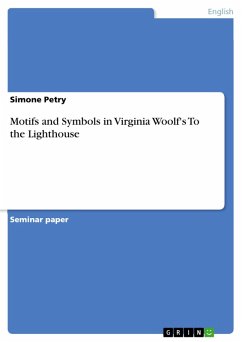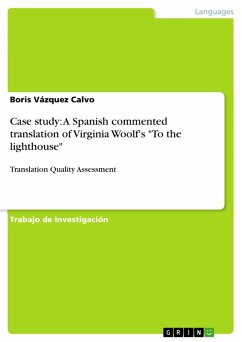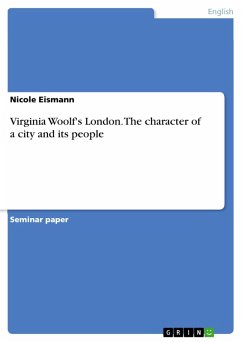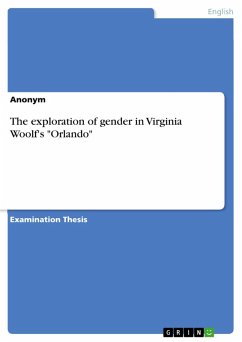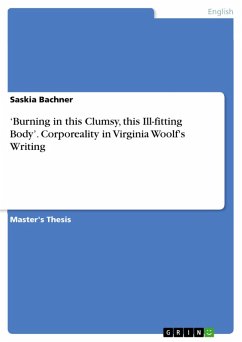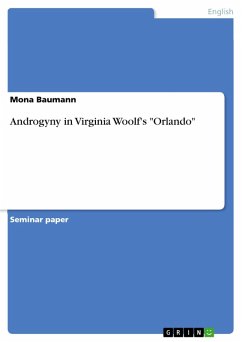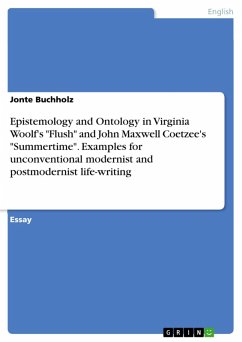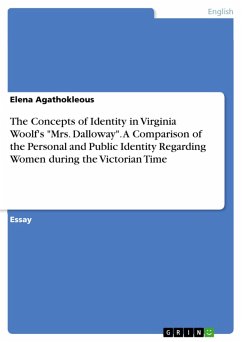Seminar paper from the year 2004 in the subject English Language and Literature Studies - Literature, grade: 1, University of Trier, course: Virginia Woolf, language: English, abstract: Virginia Woolf's fifth novel To the Lighthouse, which first appeared in 1927, captures its readers with its characterisation of the Ramsay family and their guests who meet at their holiday home on the Isle of Skye, an island near the Scottish mainland. The novel is set in a ten year period with the first section taking place on a day before the First World War, a middle period in which all the action happens "off stage" during the war and a last section taking place on a day after the war. Virginia Woolf uses stream of consciousness narration which, unlike traditional linear narration, records thoughts in the order in which they arise without bringing them in a rational or chronological context. This sort of narration can make it difficult for the reader to follow the story. Therefore, the novel is structured round a series of images which help to bind the prose into coherence in the absence of a strong story. These images can be regarded as motifs, recurrent elements which assist our understanding of the novel. If certain meanings and associations cluster around them, these motifs become symbols. In this way, "external objects can become symbols for one's own feelings. As such they become a means of investigating one's feelings or providing a focus for them." If we are alert to the imagery, frequently we will see images, as simile or metaphor, gradually acquiring symbolic weight; and once a symbol is established, it is often possible tot race the novel's narrative progress through the extension and expansion of that symbol. By moving into the province of poetry, Mrs Woolf was able to surmount many of the difficulties indigenous to prose expression. To the Lighthouse is full of symbols which have been interpreted in many different ways by various critics. Many of those interpretations deal with the central image of the novel, the lighthouse. It has been said to represent a religious symbol by some critics, a phallic symbol by some others. It has been connected with Mr Ramsay in some essays, with Mrs Ramsay in others. 3 But just as James says in the novel: "Nothing is simply one thing." 4 As a consequence, the symbols in the novel can have several different meanings. The following paper will closely examine the major motifs and symbols in To the Lighthouse. [...]
Dieser Download kann aus rechtlichen Gründen nur mit Rechnungsadresse in A, B, BG, CY, CZ, D, DK, EW, E, FIN, F, GR, HR, H, IRL, I, LT, L, LR, M, NL, PL, P, R, S, SLO, SK ausgeliefert werden.

